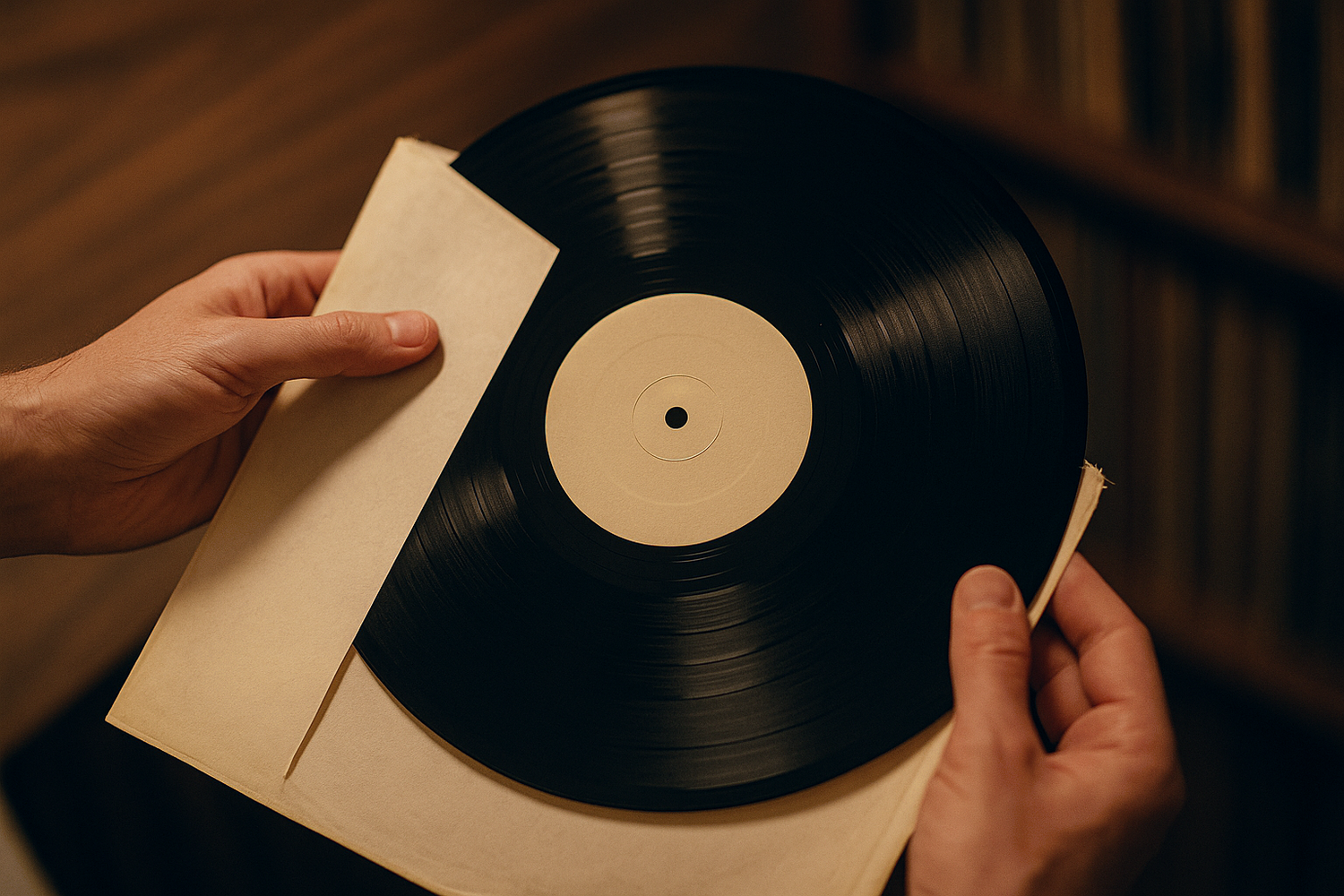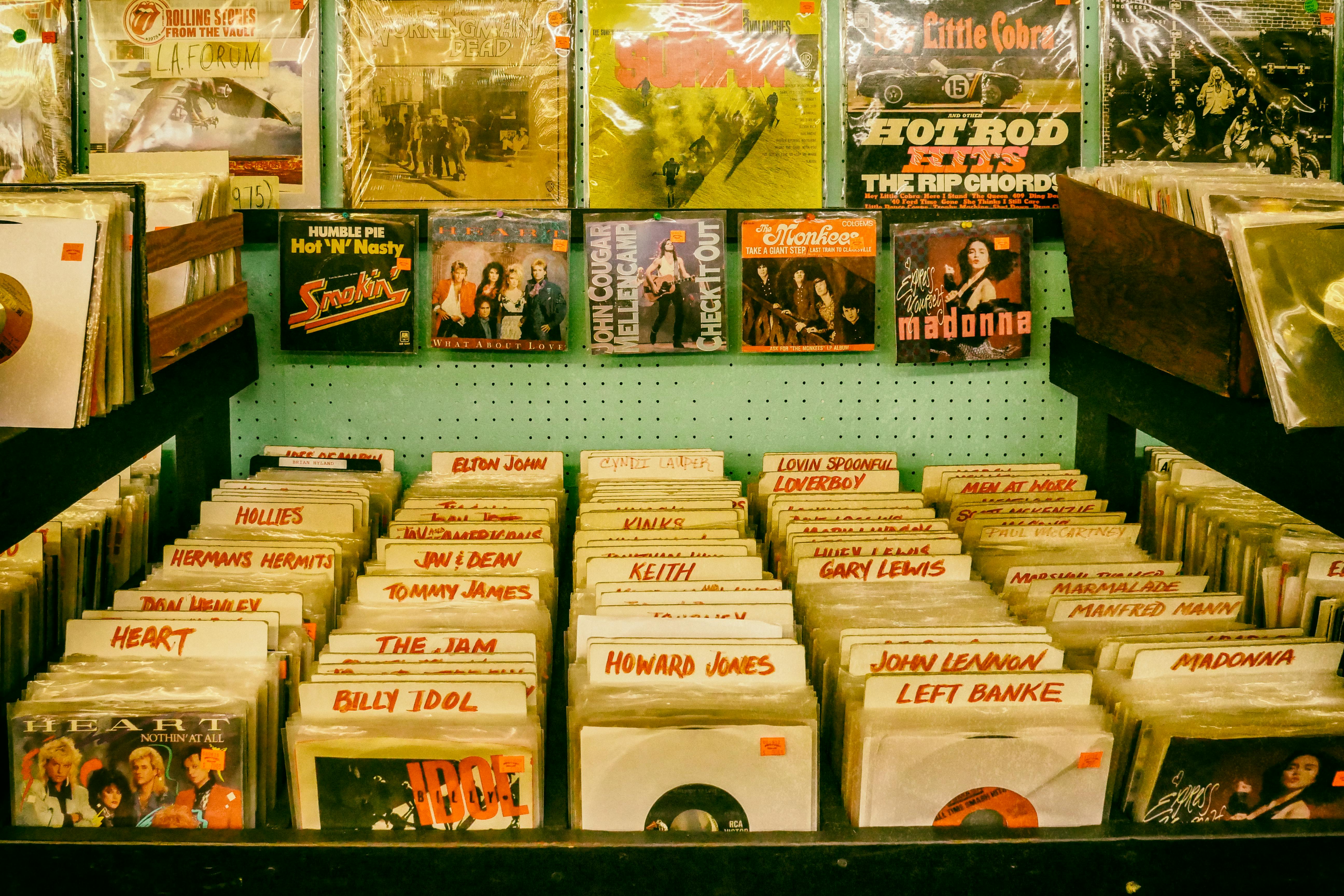In the world of analog audio, your vinyl records are precious artifacts. They hold not just music, but memories, art, and a tangible connection to the artists you love. But to truly unlock their sonic magic and ensure they last for generations, proper cleaning and maintenance are not just recommended – they are essential. A dirty record doesn't just sound bad (think pops, clicks, and a general lack of clarity); it can also prematurely wear out your turntable's delicate stylus.
The pursuit of pristine vinyl isn't about obsessive neurosis; it's about respecting the medium and the music it contains. It's about understanding that those microscopic grooves are delicate pathways that demand care. Let's delve into the best practices for keeping your collection in top-notch condition.
The "Why": Understanding What Lurks in the Grooves
Before we get to the "how," let's appreciate the "why." Record grooves are magnets for:
-
Dust & Particulate Matter: Everyday airborne dust, fibers from clothing, pet dander.
-
Fingerprints: The oils from your skin are a prime contaminant, attracting more dust.
-
Static Electricity: Vinyl is prone to static, which acts like a magnet for dust.
-
Mold Release Compounds: Residue from the manufacturing process, even on new records.
-
Airborne Pollutants: Smoke, cooking grease, etc., can settle on records over time.
All these contaminants create a physical barrier between the stylus and the groove wall, leading to noise, distortion, and a veiled sound. They also create an abrasive slurry that grinds away at both your record and your stylus.
Everyday Care: The First Line of Defense
Consistent, gentle cleaning before and after each play is the cornerstone of good vinyl hygiene.
-
The Carbon Fiber Brush – Your Best Friend:
-
What it is: A brush with thousands of ultra-fine, conductive carbon fibers designed to dissipate static and gently lift loose surface dust.
-
How to use it:
-
Place your record on the platter and start it spinning.
-
Hold the carbon fiber brush gently by its handle, allowing the bristles to lightly touch the record surface. Position it perpendicular to the grooves.
-
Hold it in place for one or two rotations, allowing the fibers to sweep the grooves.
-
Slowly and carefully angle the brush outwards and lift it off the record, drawing the dust towards the edge of the LP.
-
Clean the dust off the brush bristles (many have a built-in ridge for this).
-
-
When to use it: Before every single play. It takes only a few seconds.
-
-
Proper Handling – An Ounce of Prevention:
-
Handle records by their edges and the label area only. Avoid touching the playing surface at all costs.
-
Keep your fingers clean.
-
Return records to their inner sleeve and jacket immediately after playing. Don't leave them out on the platter or lying around.
-
Deeper Cleaning: When Surface Dust Isn't the Only Culprit
For records that are visibly soiled, have accumulated grime over years, or are new (to remove mold release agents), a deeper clean is necessary.
-
Record Cleaning Solutions & Microfiber Cloths:
-
Solutions: Use a dedicated record cleaning solution. These are specially formulated to dissolve grease and lift dirt without damaging the vinyl. Avoid household cleaners, tap water (which contains minerals that can leave deposits), or excessive alcohol (which can dry out the vinyl over time, though a small percentage of isopropyl alcohol is common in many effective solutions).
-
Cloths: Use soft, lint-free microfiber cloths. Designate one cloth for applying fluid/cleaning and another clean, dry one for buffing/drying if your method requires it.
-
Method (Example for manual cleaning):
-
Place the record on a clean, soft, lint-free surface (like a dedicated cleaning mat or a clean microfiber towel).
-
Apply a small amount of cleaning solution to the record (or to the application cloth/pad, depending on the product instructions).
-
Using your cleaning cloth or pad, gently wipe in a circular motion, following the grooves. Don't scrub aggressively.
-
For very dirty records, let the solution sit for 30 seconds to a minute to help break down contaminants.
-
Some methods involve a second step with a clean, slightly damp (with distilled water) cloth to "rinse," followed by drying with a separate clean, dry microfiber cloth, again wiping with the grooves.
-
Ensure the record is completely dry before playing or storing.
-
-
-
Record Cleaning Machines (RCMs) – The Next Level:
-
For serious collectors or those with many used records, a record cleaning machine is a game-changer. As we discussed in our "Record Cleaning Machine: Do You Really Need One?" article, these devices (ranging from manual bath systems to vacuum and ultrasonic machines) offer a much deeper and more effective clean by applying fluid and then physically removing the dirty solution and suspended contaminants.
-
While an investment, an RCM can revitalize even heavily soiled records and is the ultimate solution for pristine vinyl.
-
Stylus Care: A Clean Stylus for Clean Records
A dirty stylus will transfer grime to your records, and a dirty record will gunk up your stylus. They go hand-in-hand.
-
Clean your stylus regularly. Use a dedicated stylus brush (the short, stiff-bristled kind) or a specialized stylus cleaning gel/putty.
-
Brushing Technique: Always brush the stylus from back to front (the direction the record spins). Never side-to-side, as this can damage the delicate cantilever.
-
How often? Some do it before every record side; others, every few records. If you hear distortion or a loss of clarity, a dirty stylus is a likely culprit.
Storage: Protecting Your Investment
Proper storage is crucial for long-term preservation.
-
Inner Sleeves: Ditch those cheap paper sleeves that can shed fibers and scuff your records. Invest in high-quality anti-static archival inner sleeves (e.g., MoFi Original Master Sleeves, or similar poly-lined paper or HDPE sleeves).
-
Outer Sleeves: Protect your record jackets from ring wear, scuffs, and dust with clear polyethylene outer sleeves.
-
Store Vertically: Always store your records upright (vertically), like books on a shelf. Never stack them flat on top of each other, as this can cause warping and damage over time.
-
Avoid Extremes: Keep records away from direct sunlight, heat sources (radiators, amplifiers), and areas of high humidity or extreme temperature fluctuations. Cool, dry, and dark is ideal. The Northeast Document Conservation Center offers excellent guidelines on storing sound recordings.
Common Mistakes to Avoid:
-
Using Tap Water: Minerals can leave deposits. Always use distilled water if making your own solutions or for rinsing.
-
Using Household Cleaners: These can contain harsh chemicals that damage vinyl.
-
Scrubbing Too Hard: Gentle pressure is key. Let the cleaning solution do the work.
-
Playing Wet Records (unless specifically designed for a wet-play system): This can grind dirt deeper into the grooves.
-
Touching the Playing Surface: Oils from your fingers are a primary enemy.
-
Leaving Records Out of Their Sleeves: Dust accumulates quickly.
The XJ-HOME Philosophy: Care for the Source
At XJ-HOME, we believe that the journey to exceptional audio begins with meticulous care for the source material. A clean, well-maintained record allows your entire playback system – from the stylus to the speakers – to perform at its absolute best, revealing the full emotional impact and intricate details the artists intended. You can explore our range of carefully selected audio components that honor this principle at https://xenonjade.com.
Taking the time to clean and maintain your vinyl records is more than just a chore; it's a ritual that deepens your connection to the music and ensures your collection will bring you joy for decades to come. Happy spinning, and happy cleaning!





Leave a comment
All comments are moderated before being published.
This site is protected by hCaptcha and the hCaptcha Privacy Policy and Terms of Service apply.